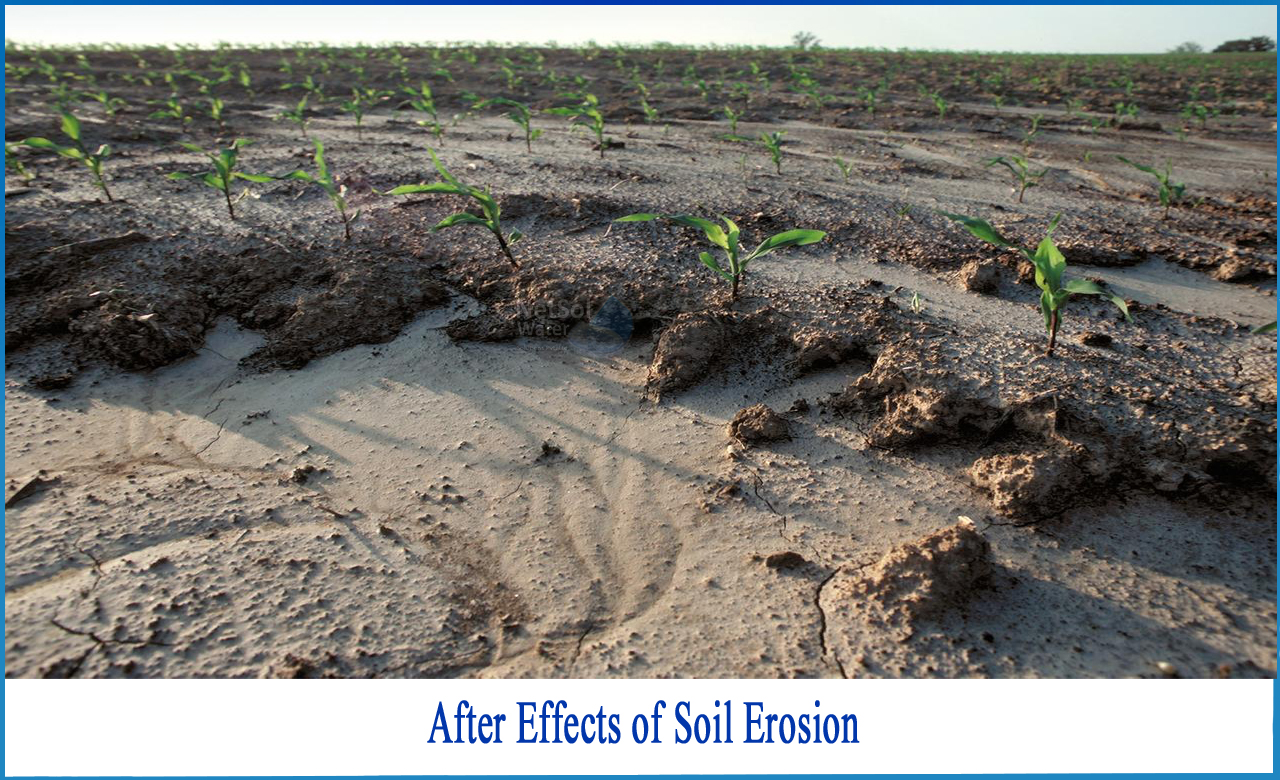WHAT IS SOIL EROSION?
Soil erosion is a progressive process in which soil particles are detached and removed by the influence of water or wind, causing the soil to deteriorate. Soil deterioration and poor water quality as a result of erosion and surface runoff have become major issues all over the world. The condition could worsen to the point where the land can no longer be farmed and must be abandoned. Due to mismanagement of land and natural resources, many agricultural civilizations have fallen, and the history of such civilizations serves as a valuable reminder to safeguard our natural resources.
Soil erosion has a considerable impact on water quality, especially as soil surface runoff. Soil erosion and sediment generation are inextricably linked. As a result, stabilising the sediment supply through reducing erosion is the most effective strategy to reduce sediment production. To control erosion, a variety of conservation strategies can be applied, but first you must understand the elements that cause soil erosion.
MAJOR CAUSES OF SOIL EROSION
1 FARMING: Because of the amount of land that is cultivated and how much farming techniques disturb the ground, agriculture is perhaps the most significant activity that causes soil erosion. Farmers plough the soil and plant new seeds after removing local plants. The land is fallow during the winter because most crops only thrive in the spring and summer. Winter is, of course, stormy season in many places, so soil can be washed away by wind and rain. Tractor tyres have deep grooves that operate as natural waterways. Wind carries fine soil away. The nutrient-rich topsoil is the soil that is most likely to disintegrate, degrading agriculture.
2 GRAZING:Grazing animals forage for grasses and bushes throughout huge regions of pasture or natural grasslands. Grazers expose soil by removing a specific area's plant cover. With their hooves, they also churn up the soil. When there are too many animals grazing on the same piece of land, the animals' hooves pull the plants out by the roots. If there are too many animals on a piece of land, it is overgrazed.
3 LOGGING AND MINING: Trees that protect the land from soil erosion are cut down during logging. The soil is held together by tree roots, while the tree canopy shelters the soil from heavy rain. On the forest floor, logging results in the loss of leaf litter, or dead leaves, bark, and branches. Leaf litter is essential for preventing soil erosion in forest soils.
4 DEFORESTATION: Soil erosion is directly linked to deforestation. The root systems of trees are extensive. The roots can often cover a larger area beneath the earth than they can above it. The roots reach deep into the ground like fingers. They grab the dirt they penetrate like fingers. This protects the soil from being swept away by rain, strong winds, or flooding. Soil erosion, which is the most common cause of land deterioration, is actively prevented by forests.
HOW CAN SOIL EROSION BE CONTROLLED?
Reduced soil erosion necessitates the use of soil conservation techniques. Soil erosion can be reduced by increasing soil infiltration rates, which results in less surface runoff. Controlling soil erosion can be done by agronomic, cultural, or structural approaches. Physical changes in the shape and topography of the land are part of structural practises. These techniques do not have to be mutually exclusive. When the topography is extremely complex, some problems may necessitate both management and structural adjustments. In some cases, erosion control can be achieved by applying a single activity, such as the establishment of grassed rivers, where erosion is minimal.




